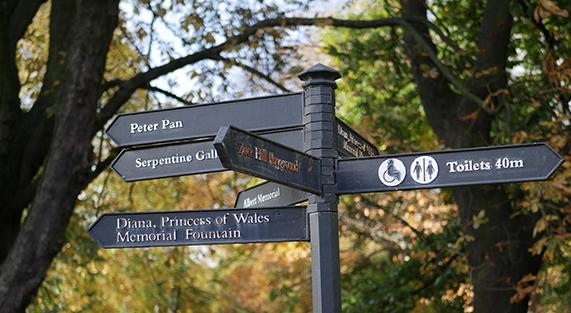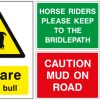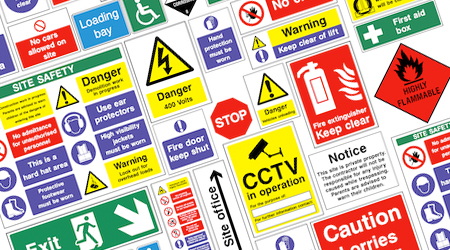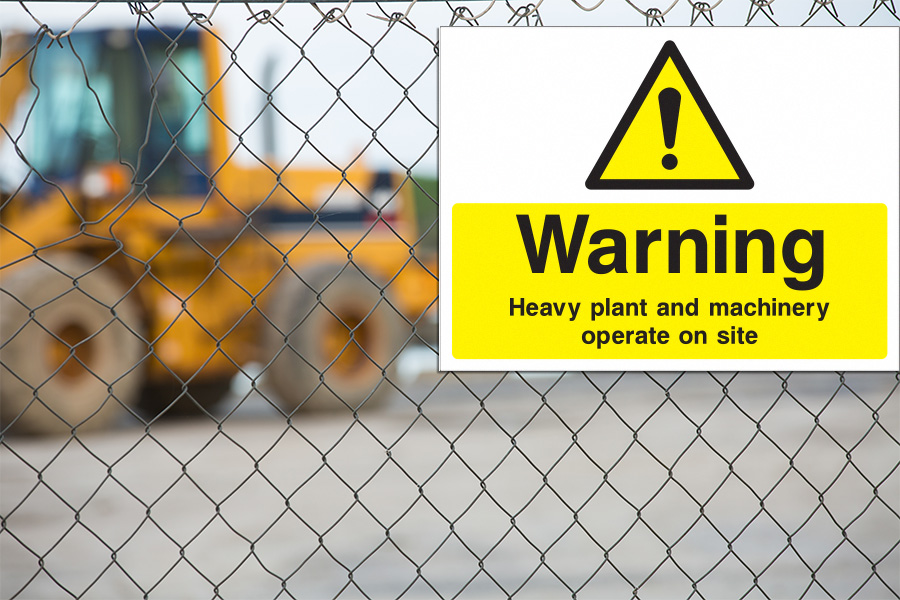Footpath Signs

way finding signs, pathfinding signs, footpath signage
Footpath signs are an integral part of urban and suburban landscapes, often strategically positioned on sidewalks, streets, and walkways. These signs, despite their seeming simplicity, play a multi-faceted role in our daily lives. Their primary function revolves around safety, demarcating pedestrian zones, providing direction, and ensuring orderly foot traffic. Beyond their utility, they assume the role of powerful marketing allies for businesses. By capturing the attention of every passerby, they effectively communicate promotions, special events, or simply the presence of a business, enticing potential customers to venture inside shops, eateries, or event spaces.
A Glimpse into Their Historical Journey
The concept of footpath signs isn’t a novel invention of the modern world. In fact, their origins can be traced back to ancient civilisations. Vibrant marketplaces in historic hubs like Rome and Athens were often adorned with stone or wooden markers. These early signs served to identify distinct areas dedicated to commerce, public gatherings, or specific trades. As the sands of time shifted, these signs underwent transformations in their design, material, and the nature of their messages. However, throughout these changes, the core purpose of guiding foot traffic and broadcasting essential messages to the public persisted.
The Aesthetics and Artistry Behind Footpath Signs
In today’s world, footpath signs are not just considered utilitarian tools; they are revered as platforms for artistic expression. Contemporary designs prioritise aesthetic appeal, incorporating elements such as rich colour palettes, intricate illustrations, sophisticated graphics, and thoughtful typography. This harmonious marriage of form and function ensures that a footpath sign is not relegated to the background. Instead, it becomes an integral part of the urban tapestry, drawing eyes and engaging minds. Whether it’s a charming café sign boasting hand-painted floral motifs or a cutting-edge sign showcasing the latest tech gadget, the creativity and craftsmanship behind these signs are as paramount as the information they convey.
Strategic Placement: The Key to Maximising Impact
The mere presence of a footpath sign does not guarantee its efficacy. Its placement is a critical aspect that determines its visibility and impact. To truly resonate with passersby, these signs need to be positioned at a comfortable eye level and ideally in areas that see dense foot traffic. Furthermore, while visibility is crucial, it’s equally important to ensure that these signs do not become intrusive or create obstacles for pedestrians. Ensuring they are easily readable from varying distances and angles, without causing any disruption, will help businesses derive maximum benefit from them.

Safety First: Adhering to Regulations and Guidelines
The world of footpath signs, though seemingly straightforward, is bound by a web of safety regulations and municipal guidelines. Every city or region often comes with its unique set of rules, dictating aspects ranging from the permissible size and design of signs to their placement and duration of display. Before introducing a footpath sign, businesses and organisations must thoroughly acquaint themselves with these local regulations. This proactive approach ensures that the sign serves its purpose effectively while remaining compliant with the law, avoiding potential fines or penalties.
Durability and Material Considerations
Given their outdoor positioning, footpath signs are constantly at the mercy of the elements. Whether facing the relentless summer sun, torrential rains, or the chill of snowfall, these signs need to be resilient. Thus, selecting robust and durable materials becomes crucial. Modern footpath signs often employ materials such as UV-protected plastics, treated wood, or metals with rust-proof coatings. Moreover, the material can also serve as a reflection of a brand’s values. For instance, a brand championing sustainability might choose eco-friendly, recycled, or biodegradable materials, making a statement even before the sign’s message is read.
Digital Innovations in Footpath Signage
The digital revolution sweeping across industries hasn’t spared footpath signs. A new generation of these signs is beginning to incorporate digital elements. From vibrant LED displays that show rotating messages to interactive interfaces allowing pedestrians to engage, the realm of possibilities is expansive. These digital footpath signs, while retaining their primary function, offer a level of dynamism and interactivity. Whether they’re showcasing hourly promotions or providing an interactive map for tourists, they seamlessly merge the physical and digital worlds.
The Unsung Heroes of Urban Navigation
Navigating through city streets and town centres, one can’t help but rely on the omnipresent footpath signs. These signs, often taken for granted, ensure our journeys are uneventful and filled with discoveries. Seamlessly blending centuries-old principles with modern-day artistry and innovation, footpath signs remain steadfast in their purpose. For businesses seeking to establish a presence or city administrators aiming for orderly pedestrian traffic, footpath signs emerge as the unsung heroes, providing direction and clarity in the bustling tapestry of urban life. To find out more about the fantastic range of footpath signs have available at EU Signs, contact our friendly and professional team today.






